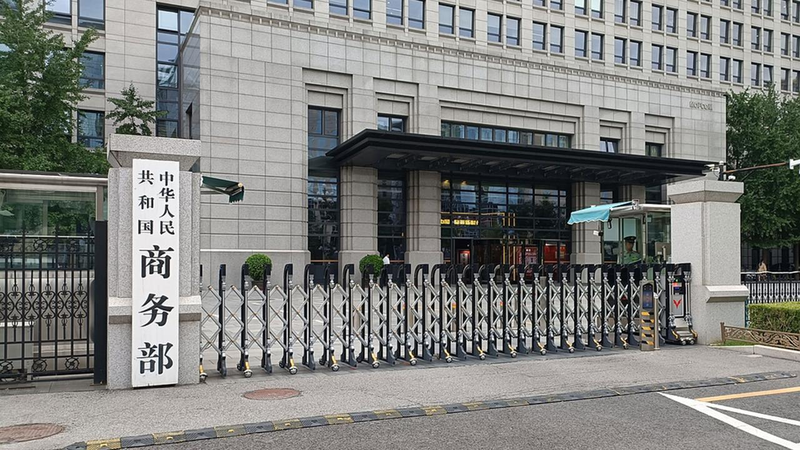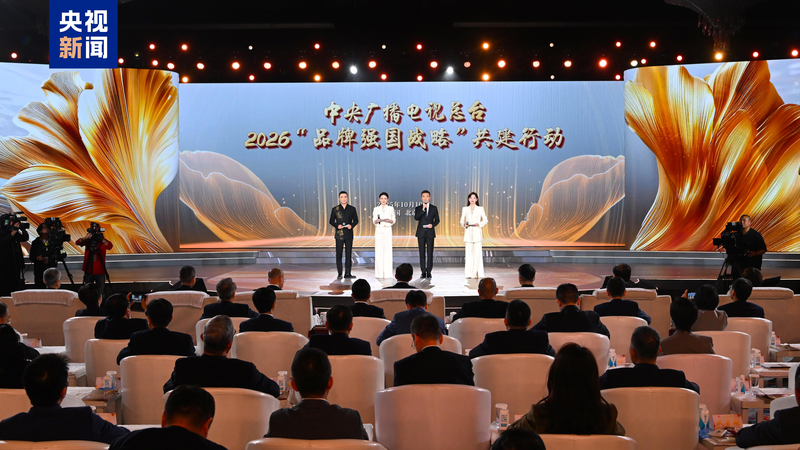Harmony of Faiths
Deep in the southwestern Chinese mainland’s Xizang Autonomous Region, Tibetan Buddhism, Islam and Catholicism have flourished side by side for generations. From snow-capped monastery complexes to historic mosques and neighborhood churches, believers find vibrant spaces to practice and connect.
Building the Foundations
CGTN's recent analysis highlights how local authorities have invested in modernizing monastic buildings, mosques and churches. Today, hundreds of worship venues feature upgraded facilities—from seismic-resistant architecture in monasteries to solar-powered lighting in remote temples—ensuring faith communities can practice safely and comfortably.
Supporting Monks, Nuns and Believers
Social security programs cover healthcare, pensions and housing allowances for monks and nuns, blending traditional religious life with modern welfare. Local leaders point out that access to medical services and vocational training has opened new pathways for clergy and their communities.
Nurturing Future Generations
Religious education in the region combines centuries-old teachings with contemporary curricula. Schools attached to monasteries, mosques and churches offer courses in language, philosophy and community development—empowering young residents of Xizang to preserve their heritage while engaging a global audience online.
Why It Matters
In an era of global polarization, Xizang’s model of religious freedom offers lessons for multicultural societies worldwide. By respecting diverse faiths and integrating them into social development, the region showcases how policy, culture and community spirit can forge lasting harmony.
For travelers and digital nomads seeking immersive experiences, Xizang invites you to explore its rich tapestry of beliefs—where silent prayer halls and vibrant festivals tell a story of unity across traditions.
Reference(s):
cgtn.com




